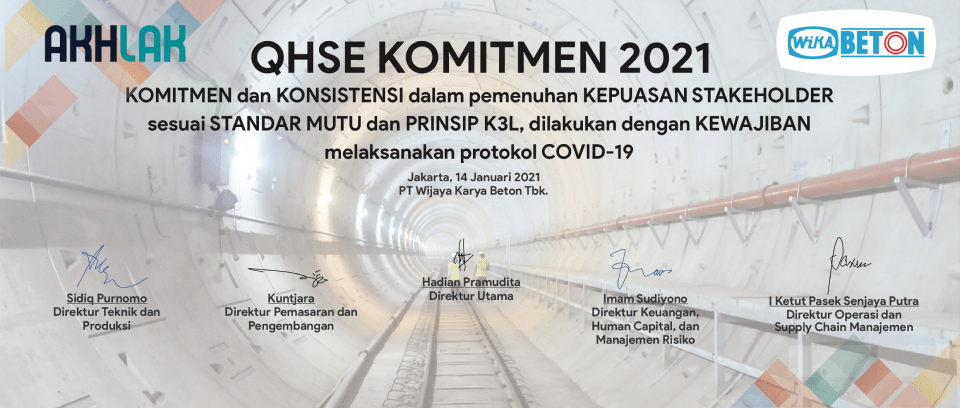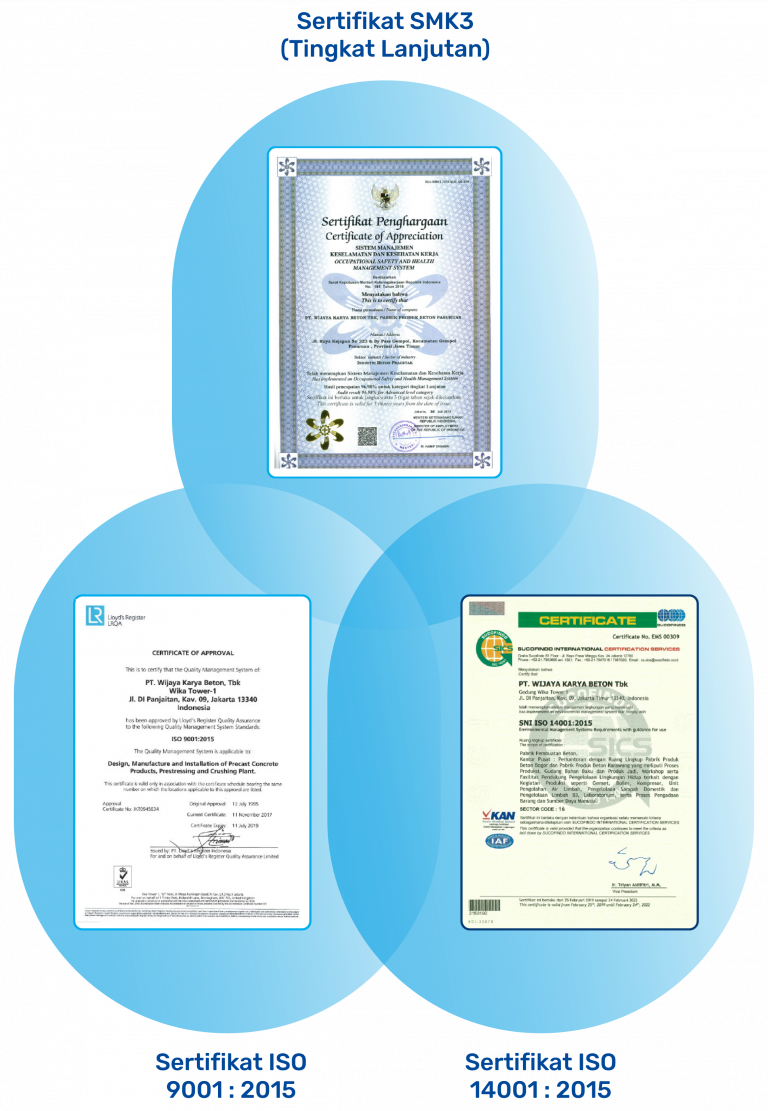Business

Business
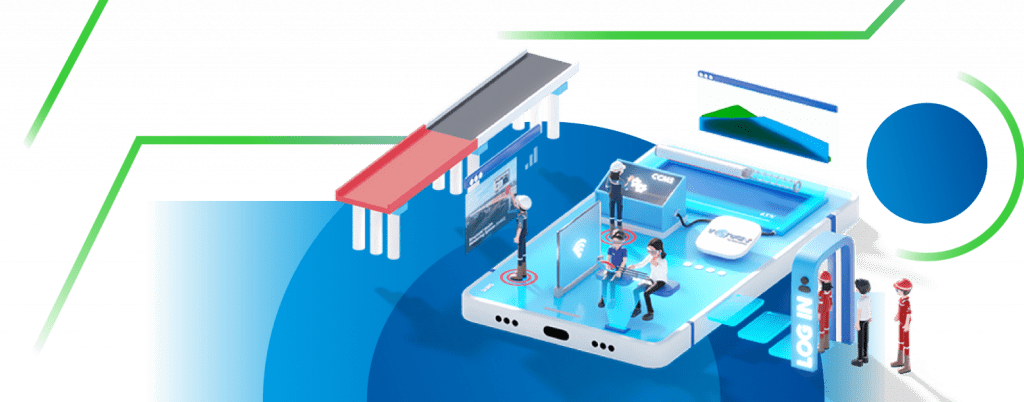
QHSE
Quality, Health, Safety and Environment
QHSE Commitment
Prioritas utama PT Wijaya Karya Beton Tbk. adalah menerapkan aspek QHSE di seluruh unit kerja termasuk pada supplier dan subkontraktor. PT Wijaya Karya Beton Tbk. selalu berupaya meningkatkan kepedulian terkait mutu, keselamatan, kesehatan dan lingkungan pada seluruh karyawan untuk membentuk lingkungan kerja yang produktif, aman dan nyaman.
Tujuan perusahaan adalah memastikan semua tahapan pekerjaan yang dilakukan selalu konsisten dengan visi, misi, dan nilai-nilai perusahaan. Hal tersebut akhirnya mendorong PT Wijaya Karya Beton Tbk. untuk selalu berusaha memberikan karya terbaik untuk Indonesia.


QHSE
Quality, Health, Safety and Environment
QHSE Commitment
Prioritas utama PT Wijaya Karya Beton Tbk. adalah menerapkan aspek QHSE di seluruh unit kerja termasuk pada supplier dan subkontraktor. PT Wijaya Karya Beton Tbk. selalu berupaya meningkatkan kepedulian terkait mutu, keselamatan, kesehatan dan lingkungan pada seluruh karyawan untuk membentuk lingkungan kerja yang produktif, aman dan nyaman.
Tujuan perusahaan adalah memastikan semua tahapan pekerjaan yang dilakukan selalu konsisten dengan visi, misi, dan nilai-nilai perusahaan. Hal tersebut akhirnya mendorong PT Wijaya Karya Beton Tbk. untuk selalu berusaha memberikan karya terbaik untuk Indonesia.
Program Keselamatan
PT Wijaya Karya Beton Tbk is committed to apply the HSE aspects in the work environment to improve productivity and welfare of the workforce; these principles are reflected in the implementation of SHE Program, which includes:
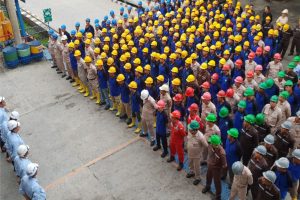
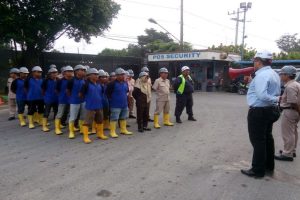
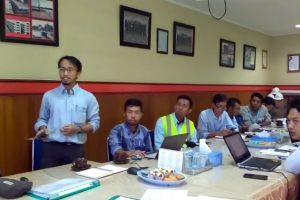
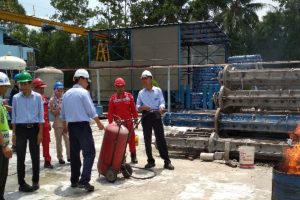
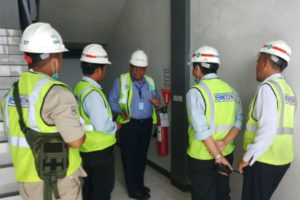

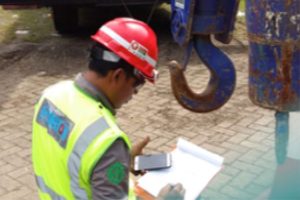
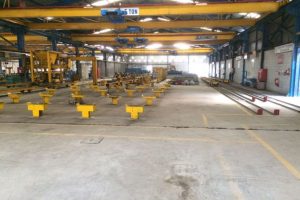
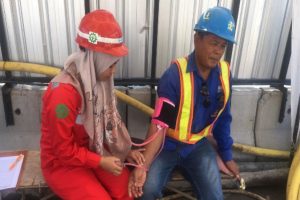
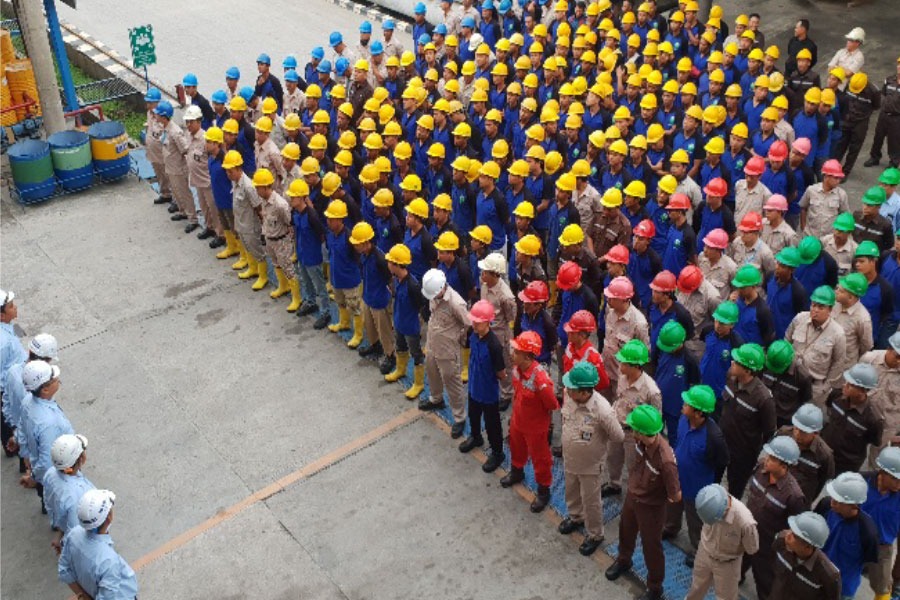
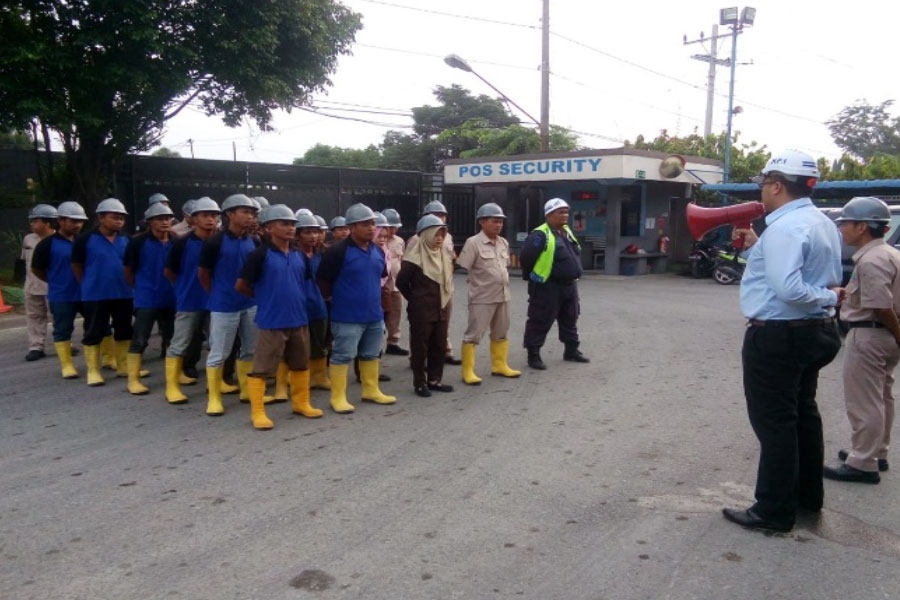
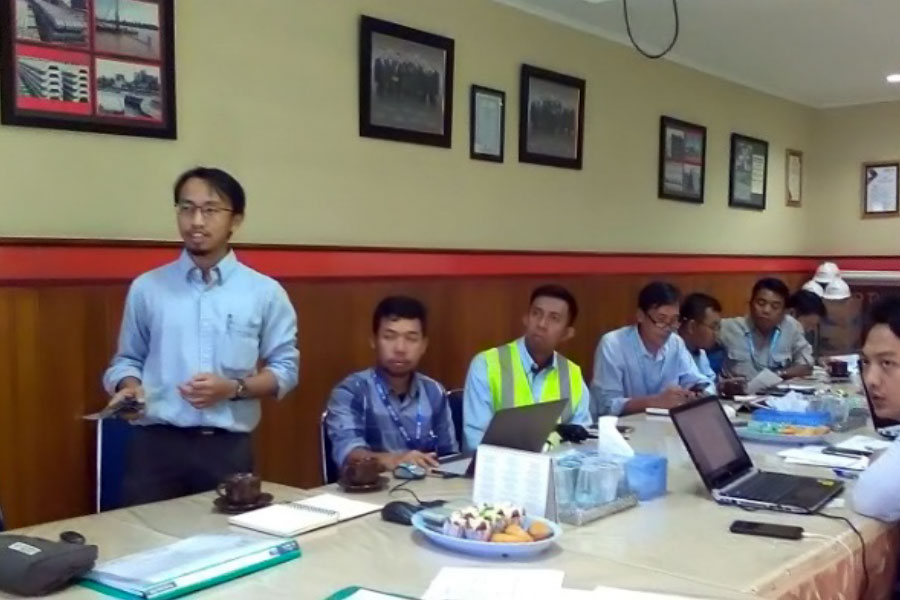
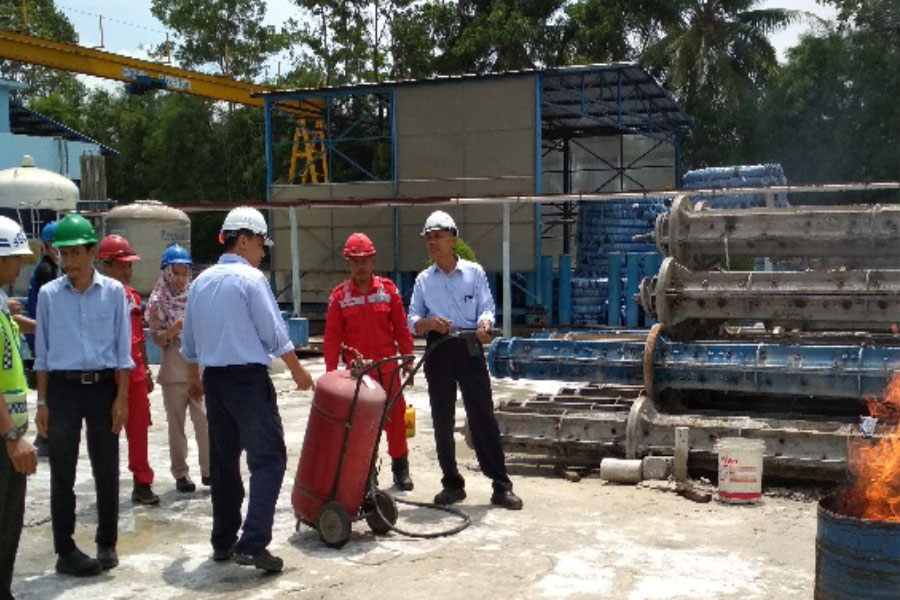
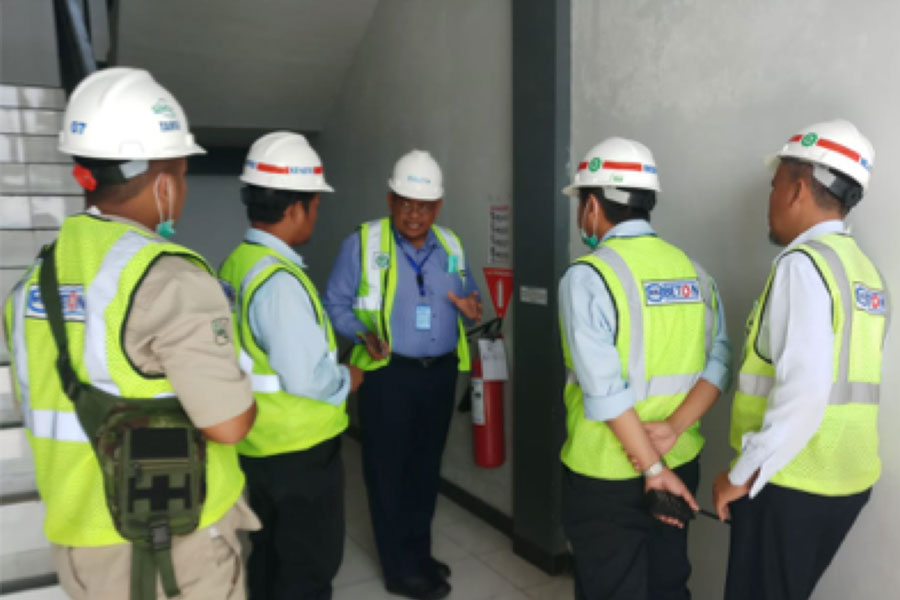
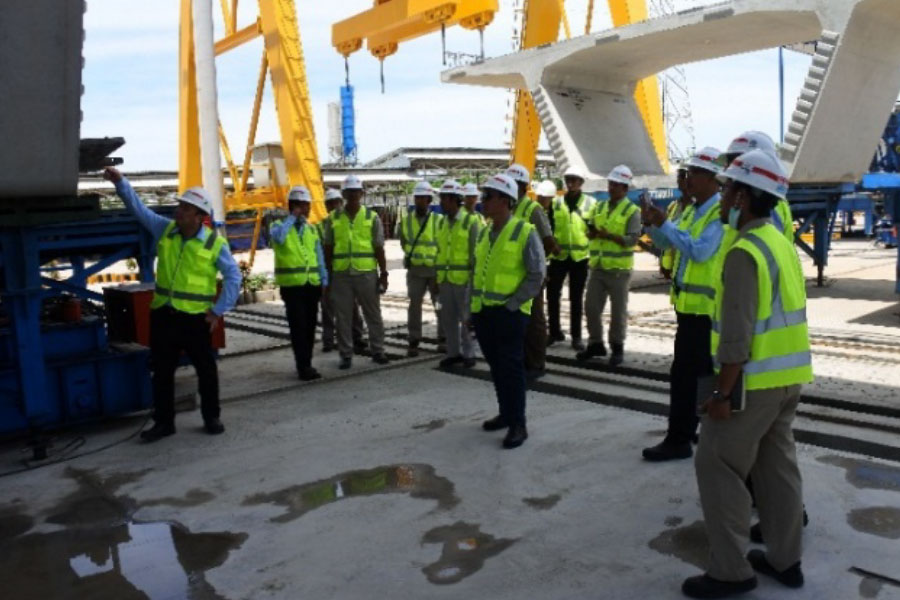
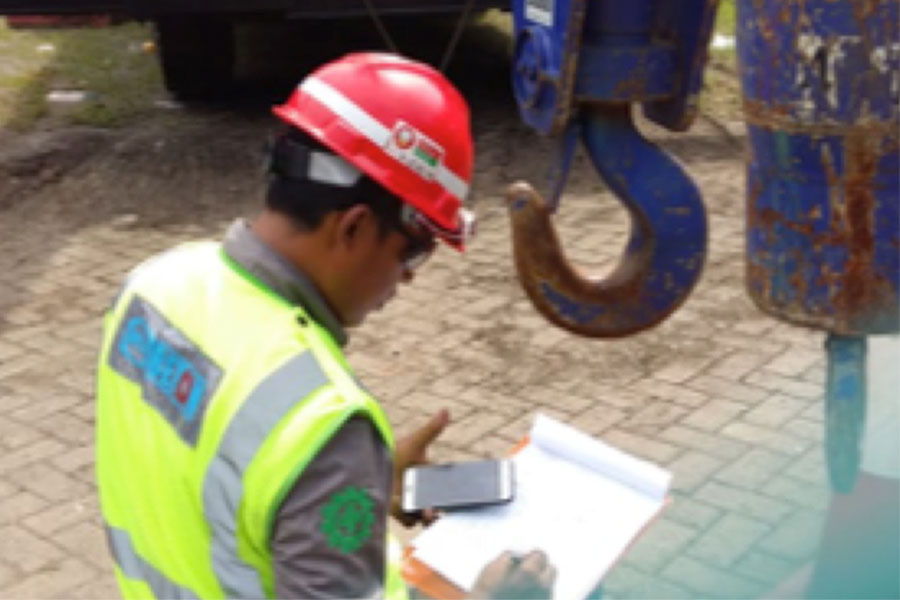
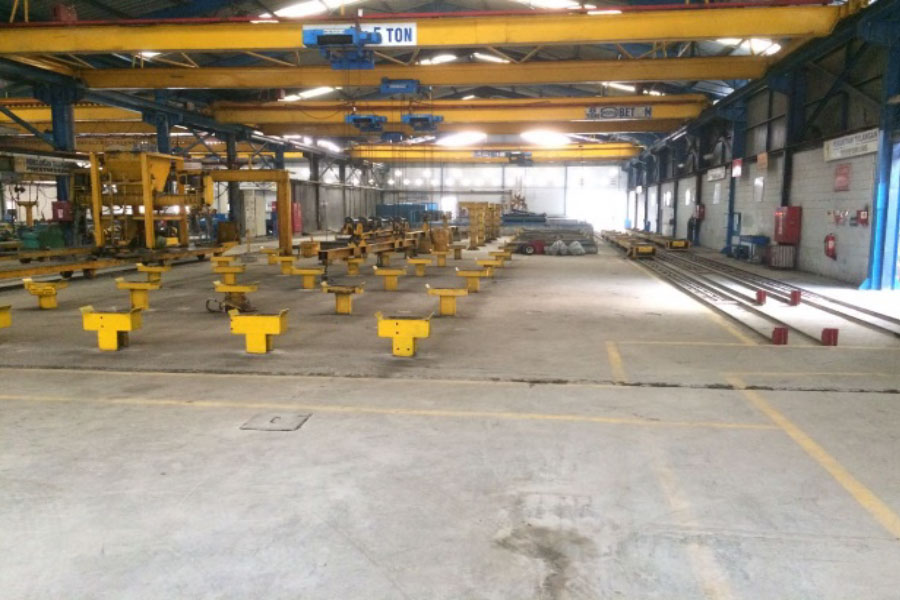
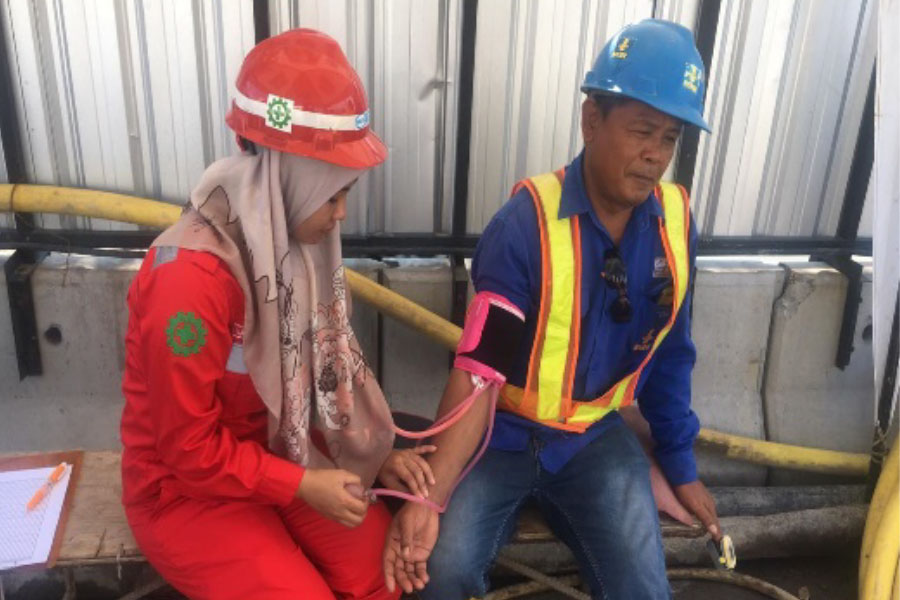
QHSE Certification
1. Quality Management System
To support business processes, the company accommodates all the necessary management systems; one of them is SNI ISO 9001: 2015 concerning Quality Management Systems. Quality Management System is a system that aims to direct and control the organization to ensure that the output or products produced by the company are of good quality. The company's Quality Management System covers all aspects regulated in SM ISO 9001: 2015 in accordance with internal & external issues and the requirements of relevant stakeholders and covers all organizational products and services. The Quality Management System is prepared by referring to business processes, organizations, products, services and technological developments. The commitment to ensure that the Quality Management System is understood and applied throughout the company's lines, and it is consistently outlined in the form of QHSE Commitments.
To ensure effective implementation of the Quality Management System, the Company’s leaders initiates these steps:
- Establish organizational structure and ensure the availability of resources that can guarantee the implementation of the company's business processes
- Emphasize concern for the process approach, risk-based thinking and improvement in each company's operating activities
- Communicating, involving, directing and providing the necessary support to all levels to contribute to the effectiveness of the QMS
- Periodically measures the effectiveness of implementing Quality Management System
2. Certification

3. Quality Program
The Quality Program is created by referring to three objectives:
- Compliance requirements and customer satisfaction
- Consistency of the product produced
- Continuous improvement
- Procedure Preparation and Evaluation
With the procedure, the resources and work methods refer to one standard rule, so that the resulting product is more consistent.
The procedure can come in the form of:- Procedural document
- Work Instructions (IK)
- SSP
- Manual Handling
- Product Brochure
- Standard Book
- Increase of Quality Awareness
Done by:- Quality briefing
- Quality knowledge sharing
- Banners, posters and slogans related to quality
- Increasing Personnel Competence
Competency improvement is done by providing training and certification, both internal and external. - Site Visit
- Clinic Quality: Performed once per work unit, to measure the positioning of the work unit's needs
- Quality inspection: Conducted periodically every working unit to monitor the progress in improving the unit’s quality
- Quality Patrol
- Quality Evaluation
Performed every month, in the form of data collection, analysis, preparation of quality improvement plans, and evaluation of the effectiveness of its implementation - Continuous Improvement
Done by establishing a Quality Control Group (GKM) in each work unit that actively evaluates products, services, and processes to improve production efficiency, effectiveness and flexibility.


